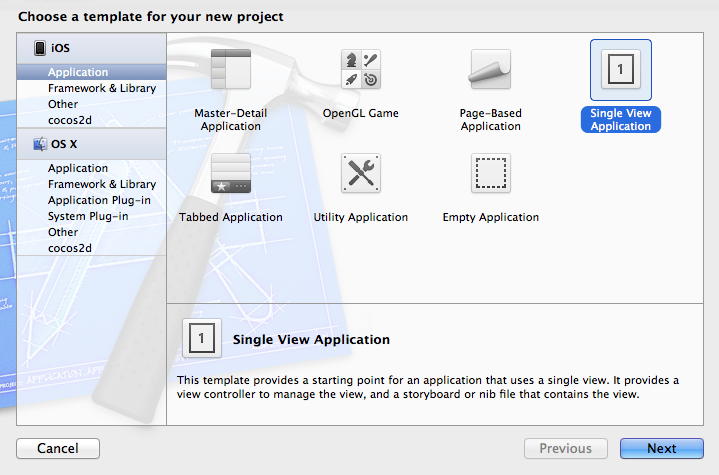Well I put up this code to share using Facebook SDK 3.0/3.1 for iOS 6 , couldn't find it anywhere and finding from the developers site is pretty tough, so hope this helps.
Add the Facebook Framework , and resources bundle , Social framework and Adsupport framework
- (IBAction)facebookShare:(id)sender {
BOOL displayedNativeDialog =
[FBNativeDialogs
presentShareDialogModallyFrom:self
initialText:dealLabel.text
image:[UIImage imageNamed:@"logo.png"]
url:[NSURL URLWithString:@"http://www.buzzingaa.com.au"]
handler:^(FBNativeDialogResult result, NSError *error) {
if (error) {
/* handle failure */
} else {
if (result == FBNativeDialogResultSucceeded) {
/* handle success */
} else {
/* handle user cancel */
}
}
}];
if (!displayedNativeDialog) {
/*
Fallback to web-based Feed Dialog:
*/
}
}
And the delegate functions :
#pragma mark FaceBook Methods
- (void)sessionStateChanged:(FBSession *)session
state:(FBSessionState) stateFB
error:(NSError *)error
{
[FBSettings setLoggingBehavior:[NSSet setWithObjects:
FBLoggingBehaviorFBRequests, nil]];
switch (stateFB) {
case FBSessionStateOpen:
if (!error) {
// We have a valid session
// [self LoggedIn];
}
break;
case FBSessionStateClosed:
case FBSessionStateClosedLoginFailed:
[FBSession.activeSession closeAndClearTokenInformation];
break;
default:
break;
}
// [[NSNotificationCenter defaultCenter]
// postNotificationName:FBSessionStateChangedNotification
// object:session];
if (error) {
UIAlertView *alertView = [[UIAlertView alloc]
initWithTitle:@"Error"
message:error.localizedDescription
delegate:nil
cancelButtonTitle:@"OK"
otherButtonTitles:nil];
[alertView show];
}
}
/*
* Opens a Facebook session and optionally shows the login UX.
*/
- (BOOL)openSessionWithAllowLoginUI:(BOOL)allowLoginUI {
return [FBSession openActiveSessionWithReadPermissions:nil
allowLoginUI:allowLoginUI
completionHandler:^(FBSession *session,
FBSessionState stateFB,
NSError *error) {
[self sessionStateChanged:session
state:stateFB
error:error];
}];
}
- (BOOL)application:(UIApplication *)application
openURL:(NSURL *)url
sourceApplication:(NSString *)sourceApplication
annotation:(id)annotation {
// attempt to extract a token from the url
return [FBSession.activeSession handleOpenURL:url];
}
- (void) closeSession {
[FBSession.activeSession closeAndClearTokenInformation];
}
- (void)sessionStateChanged:(NSNotification*)notification {
if (FBSession.activeSession.isOpen) {
// [buttonFBLogin setTitle:@"Logout" forState:UIControlStateNormal];
} else {
// [buttonFBLogin setTitle:@"Login" forState:UIControlStateNormal];
}
}


